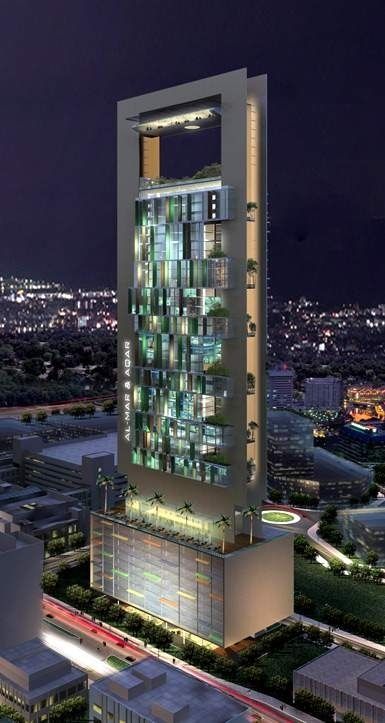
They discovered five ceramic jars containing over 100 cuneiform tablets. Inside the ruins, the team found something possibly even more important. 1350–1100 BC) (Credit: University of Tübingen) Finding documents from the distant past Pottery vessels, in which cuneiform tablets were stored, are standing in the corner of a room from the Middle Assyrian period (c. Hasan Ahmed Qasim, chairman of the Kurdistan Archaeology Organization.

“The excavation results show that the site was an important center in the Mittani Empire,” adds Kurdish archaeologist Dr. Ivana Puljiz from the University of Freiburg, in a media release. “The huge magazine building is of particular importance because enormous quantities of goods must have been stored in it, probably brought from all over the region,” says Dr. Researchers also discovered a multi-story storage building and some sort of industrial complex at the site. The walls of the Mittani-period storage building are partly preserved several meters high. The team also believes this is what helped to keep the structures so well-preserved after all these years under water. Archaeologists say a large earthquake destroyed the Mittani city around 1350 BC, causing the upper parts of these walls to come crashing down on the buildings within - burying them. The new study uncovered several other buildings as well as a massive fortification of walls and towers. (Credit: University of Tübingen) How did the city survive in the reservoir? Aerial view of the excavations at Kemune with Bronze Age architecture partly submerged in the lake. That study only found the palace hiding underwater. The team was able to map most of the city, adding to knowledge from a 2018 expedition. It provided scientists with a rare opportunity to examine the sight before water levels returned to normal. That’s when the ruins at Kemune reappeared. Since December, the nation has been tapping into the Mosul reservoir to keep the land alive.

In the southern part of the country, climate change can bring extreme droughts which last for months. Researchers add that climate change has a particularly strong impact on the environment in Iraq.

(Credit: University of Tübingen) Iraq is a capital of climate change Archaeologists and workers excavate the walls of a large building in the ancient city, which is interpreted as a storage building from the time of the Mittani Empire. The team notes that no one has seen these ruins in over 40 years, since the area along the Tigris River was transformed into a reservoir. The expansive city includes a palace and several large buildings, which researchers believe may be the ruins of Zakhiku - an important center in the Bronze Age’s Mittani Empire between 15 BC. As the reservoir emptied out, the Mittani Empire-era city emerged for the first time in decades. TÜBINGEN, Germany - Archaeologists have rediscovered the ruins of a 3,400-year-old city in the Middle East - thanks to climate change.Ī team of German and Kurdish researchers say severe droughts in Iraq led to the drawing down of the Mosul reservoir in order to save local crops.


 0 kommentar(er)
0 kommentar(er)
